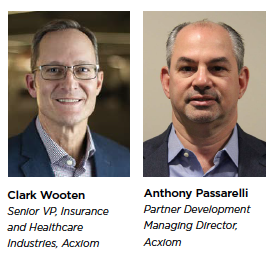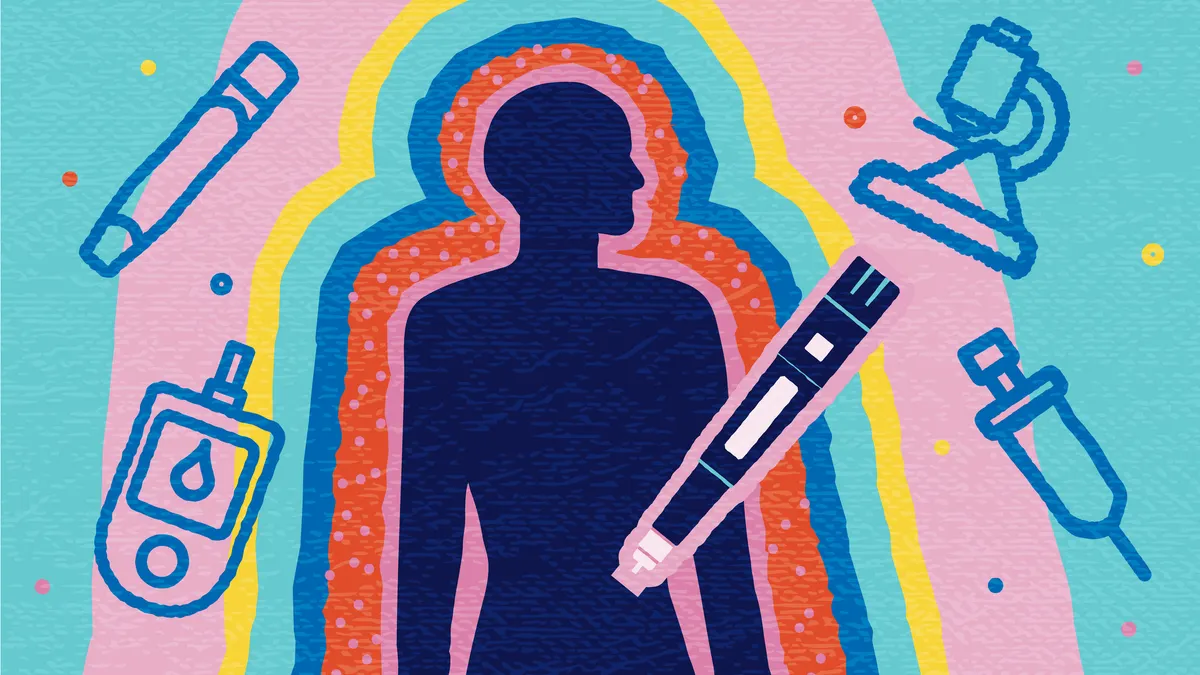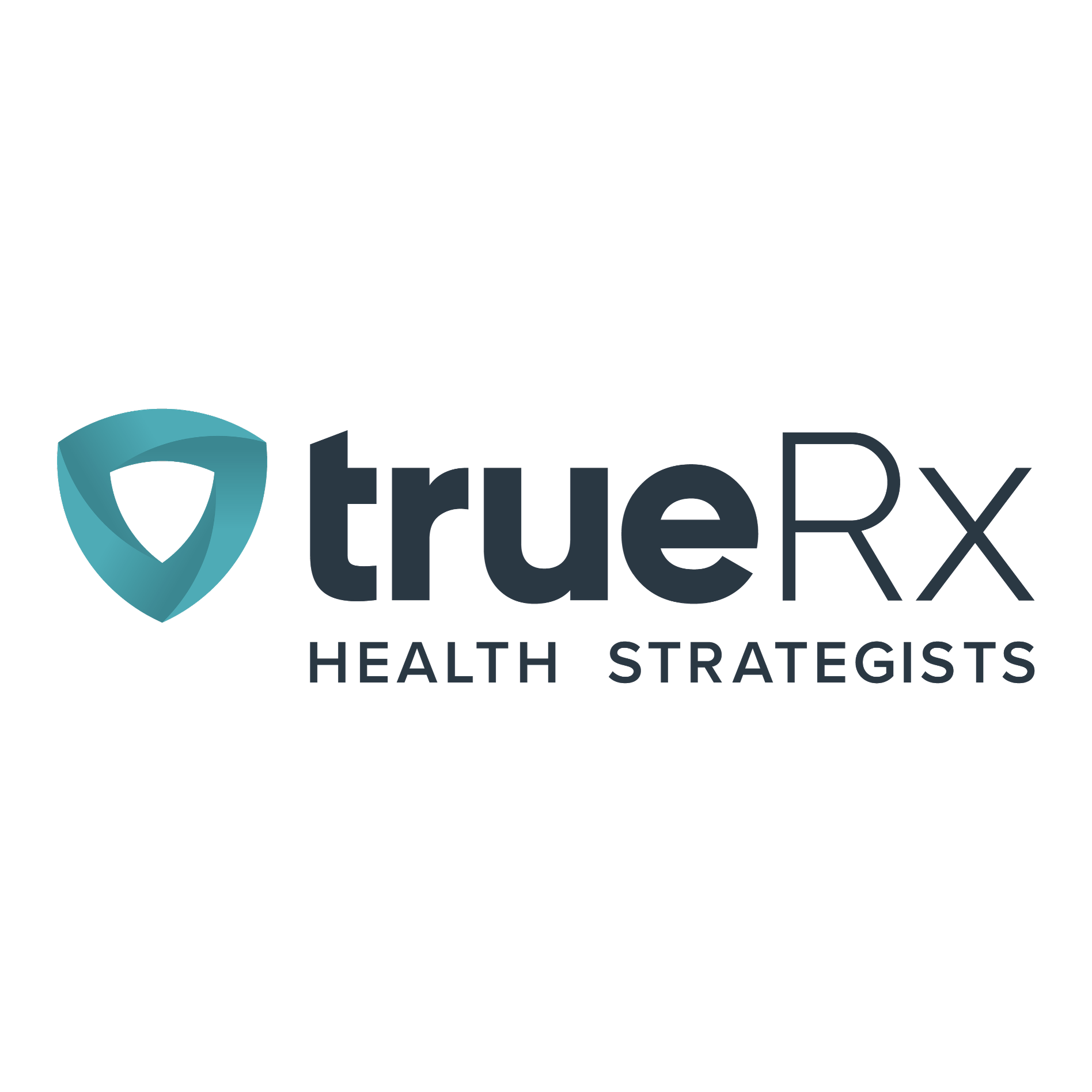 The COVID-19 pandemic has continued to disrupt the healthcare market across all sectors, and the digital health segment is no exception. But in this case, there has been a positive boost. According to Global Market Insights, the digital health market exceeded $141.8 billion in 2020 and is estimated to grow at a CAGR of 17.4% between 2021 and 2027.
The COVID-19 pandemic has continued to disrupt the healthcare market across all sectors, and the digital health segment is no exception. But in this case, there has been a positive boost. According to Global Market Insights, the digital health market exceeded $141.8 billion in 2020 and is estimated to grow at a CAGR of 17.4% between 2021 and 2027.
As healthcare was forced to go virtual in the early months of the pandemic, governments modified regulations to make it easier for people to use digital health technologies, leading to a surge in their use. And the demand for EHR solutions and healthcare analytics continues to be driven by the large number of COVID cases and the need for tracking the long-term effects of COVID vaccines.
Amid all these changes, health data is being used in unprecedented ways. In its mission to ethically use data and technology to enable better customer experiences, Acxiom is helping clients harness the potential of this data to strengthen connections throughout the continuum of care between patients, providers, and payers.
Clark Wooten, senior VP, insurance and healthcare industries, and Anthony Passarelli, partner development managing director, are helping to guide this strategy at Acxiom. Clark specifically focuses on supporting and growing Acxiom’s insurance practice and leading the delivery of the solutions and services Acxiom provides to the claims, underwriting, and management markets. Anthony supports Acxiom’s Data as a Service (DaaS) solution by collaborating with existing and prospective data partners to curate and commercialize new data attributes for omnichannel marketing. Together, they provide a unique perspective on how data can be used to improve health outcomes.
Clark observes the pandemic has accelerated use cases for how people interact with data and how it enhances the health experience. “I think data, in general, has really unlocked a pretty exciting world of possibilities in our industry," he says. For example, Acxiom has married people and health data to uncover more meaningful insights than ever before. “We can support health and wellness decisions now and help consumers make informed decisions," he says. “We are finding that people want to be in control; they want to have a say in everything, even related to their health purchases."
To react to that as an industry and a company, Acxiom is helping its partner brands develop a deep understanding of the health of people.
“For us, as a marketing company, it drives better marketing decisions that are more aligned with people’s needs," Clark says. “It also gives the power to influence the patient journey, and in turn, improved health outcomes."
Anthony adds historically, health data has been hard to leverage and standardize because it’s often incomplete and potentially even inaccurate, since patients often misrepresent or leave out information when talking to their physicians.
“To be able to bring rich demographic data that has been multi-sourced and vetted to the equation, and to bring insights about where the patient is, what risks the patient has from a healthcare perspective, and where they are in a particular journey, carries tremendous value," he says. “This ability to create better insights is exciting. Historically, the bar for the industry has been set relatively low. And in the last five to seven years, we’ve seen that bar be raised with the way we integrate data with the insights that we’re using."
Anthony adds that the ability to identify patients at risk and start educating or introducing interventions earlier in the process to change the outcomes are two examples of where there is a real opportunity for an exciting change.
Stronger Connections
The continued growth in people data is allowing pharma marketers to build their campaign strategies around a more personalized approach.
“By using analytics to examine de-identified data across millions of patients, Big Pharma can identify patterns and key insights to better understand, reach, and engage high-value audiences that are at various stages in the patient journey," Clark says. “They can segment the market like never before to better understand how those segments engage with the content pharma produces and what their preferences are for consuming it. By doing so, they can determine the right time and place to deliver their message."
All this new data comes with some challenges, so the right technology is essential. “Part of what we do is advise companies around the type of technology platforms and teams they need to have in place to analyze really complex datasets that are being generated and convert all of that data into actionable information," Clark says. “Then they need to act on these insights as close to real time as possible to make more informed decisions."
It’s also important to invest in a high level of data science and people who are experts within these new tool sets. “What we have found is if we can create an analytic environment, but if clients don’t have the people, tools, and training to use these new tool sets, then the rate of failure is pretty high," Clark says.
Anthony says once the data is integrated into the tech environment and analyzed, it can generate insights to help understand the social determinants that factor into who is likely to have a particular health condition and who is likely to take a particular action to address it.
“The first step is to identify consumers, then identify the underlying challenges that a population may have geographically," Anthony says. “The follow-on step is to partner with providers, making sure there’s a common message in the education that’s being disseminated to that patient population. It’s also necessary to address any barriers to access and treatment. Coordinating these efforts with payers will help all parties reach the common goal of educating and treating the patient to reduce the overall cost of healthcare, because the sooner we can intervene and prevent an ailment from escalating, the lower the overall costs will be for the entire health system."
Still, the healthcare industry has been slow to set up a coordinated effort. “For example, I’ve read that the U.S. population is less likely to exercise, more likely to drink, and more likely to smoke as a result of COVID," Clark says. “Yet, where are the interactions to help people deal with that? The more insight we can bring to the process, and the closer we can align that with the environment that person is in, the faster we can react and impact the results to achieve the desired outcome."
Companies such as Acxiom are making this happen sooner rather than later. “The perfect example of this is a program Acxiom implemented with a payer-client who was concerned about the costs of managing high-risk pregnancies," Clark says. “We were able to combine data with Acxiom’s consumer demographics, medical claims data, and membership data to identify at-risk pregnant women, and then we were able to help the payer provide education and outreach. Just saving one patient from giving birth prematurely paid for the entire program.
“Getting payers and providers to be more engaged in identifying patient risks and intervening with appropriate education and care significantly reduces the healthcare costs and improves outcomes," he adds.
A Question of Trust
Deep data insights also bring a level of responsibility in terms of trust. “As consumers provide more and more data and allow us to interact with them in this way, we have to act in the most altruistic way possible as far as creating and maintaining a high level of trust with the consumer," Anthony says. “Acxiom has been a leader in this area; we are setting our ethical use of data policies. But this needs to be at the top of everyone’s mind to continue to earn the trust from the consumer."
As acceptance of digital health continues to grow, the number of security breaches and data leaks grows along with it. And this makes it even more difficult to gain consumers’ trust when it comes to handing over their data.
“Acxiom’s perspective is that technology should be purpose-built to protect consumer privacy and go beyond just standard HIPAA requirements," Clark says. “For us, it’s all centered around the concepts of transparency, control, and confidentiality. We think brands should be open about what they do with someone’s data. And we believe the consumer needs to control his or her own data, and thus it remains untouched and unaltered."
There’s also the question how the industry can create a big enough umbrella to cover all demographics, including those who are traditionally harder to reach and don’t have the same kind of access to care.
“This is where we talk about aligning the social determinants of the health of an impacted population and partnering with payers, providers, community outreach groups, to deliver the right message to educate and ensure that population in need can be treated," Anthony says. “COVID is a perfect example. When we look at the vaccine messaging, it was a combination of different stakeholders, including church and community leaders, who were trying to drive messaging and deliver the insights needed to encourage people to get vaccinated. It’s this type of outreach that needs to occur to drive health and to help improve healthcare in less-fortunate communities."
Best Personalization Practices
The health data boom gives industry players the opportunity to give people more information to support their health decisions. And in some circumstances, they can use this information to anticipate consumers’ health-related purchase behavior.
“Over the last 10 years, our recommendations for marketing to consumers is to leverage HIPAA-compliant anonymous data and link consumer demographic data to it and enrich the dataset using claims, EHR, and prescription data," Anthony says. “This way we can create lookalike models to identify the patient populations we want to focus on for clients’ treatments and brands. These models allow us to opt-in customers or prospect lists so that they can direct their communications to specific audiences. With this opportunity comes the need to understand what is relevant to consumers at a given time.
“We want to leverage that data and those insights to paint portraits of what patients actually look like and what their needs are, which will hold more true than information from test groups or survey respondent groups," Anthony adds. “We want to drive the message, the collateral, and the communication channels that consumers prefer, so that the right message gets to the right consumer at the right time using the right channel. We want to make sure that we’re driving personalized communications across all channels and touch points, not just one, which is one of the challenges. We also need to identify specific programs that could aid those consumers and their healthcare needs in a specific geography, then align the messaging and the education across the payers and the providers so that it’s a complete community approach."
What the Future Holds
As for where the health data sector is headed, Anthony thinks data ethics rules and the way data gets integrated will continue to evolve, raising the bar for recognition or integration of anonymous data.
“We’re going to integrate data better and continue to evolve the ethical use cases of anonymous consumer data," he says. “And we’re going to continue to evolve the partnerships between providers of care, payers and providers and transform how they each interact with the consumer, and how to educate consumers in the process."
Clark foresees groundbreaking insights from collaboration with medical researchers, data marketing gurus, and traditional marketing data sources.
“There’s going to be a combination of technologies, capabilities, and disciplines that are going to come together and create endless possibilities," he says. “The potential to transform the industry is here, and, we think we can have a major impact on public health.
We are going to have to breakdown the silos that currently exist across the industry and carefully work together to mine and cultivate data. We will also have to employ more advanced analytic techniques than have been used in the past. We have the potential to create better health outcomes and improve social change." n



















